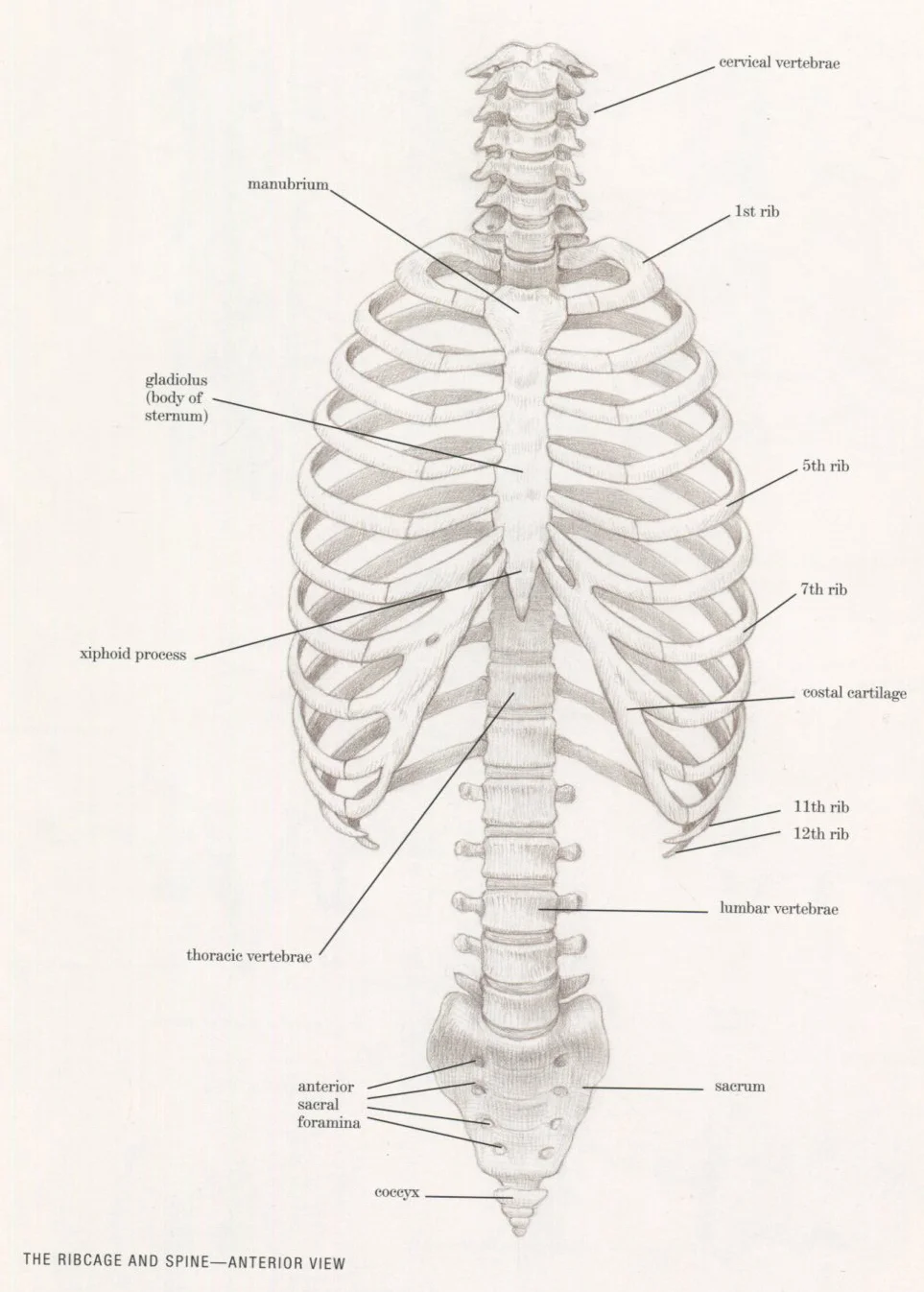Scans from te book Classical Human Anatomy by Valerie L. WInslow. This chapter is about the structure and surface forms of the head, face, and neck.
Read MoreStructure and Surface Form of the Head Face and Neck

skeleton
Scans from te book Classical Human Anatomy by Valerie L. WInslow. This chapter is about the structure and surface forms of the head, face, and neck.
Read MoreScans from the book Classical Human Anatomy by Valerie L. Winslow. This Chapter covers the Skeletal System and its Type of Joints
Read Moretoday’s post are a few beautiful illustrations of the skeleton and muscle system on male n female





todays update are few beautiful images from the book Anatomy for the Artist by Sarah Simblet. This book is one of the first books i got as a young artist trying to learn and improve. As a older but relatively still young artist I find my self going back and reading things over, art tip… copying the drawings and photographs is a good way to sharpen ones skills. enjoy!

W.pink and W.hunter, Smugglerius (plaster cast after sculptures by Agostino Carlini c. 1775/8)

Antonio Cattani, Muscles and Tendons of the Dorsum of the foot, 1780

Bernard Siegfried Albinus, a skeleton 1747

Leonardo da Vinci anatomical studies 1510
The Skeleton is very complex but at the same time its only 206 bones. Like anything else when you don't have a strong understanding you will most likely struggle with it. It is strongly recommended that the time is put in for any serious artists to learn the bones, not all 206 bones are necessary but the more you know the better it will serve you when it comes to drawing them.
A good way to start is with the simpler more popular bones, like the ribcage and hips, arms and legs. The body has certain landmarks that can help you start a drawing, these landmarks very but for the most part, they are noticeable on all people. Below are a number of images from Roberto Osti Basic Human Anatomy book. This book has rich images and in chapter 3 he focuses on labeling the bones to a great degree. I Highly recommend this book.




















All Images taken from Basic Human Anatomy by Roberto Osti
In the 2nd chapter of Roberto Osti book Basic Human Anatomy an essential visual guide for artists, a Hybrid conceptualization is explored in great detail. What is meant by Hybrid conceptualization is a combination of the Stereometric approach (which involves geometric solids such as cubes, spheres, cylinders, tetrahedrons etc.)
Conceptualization the skeleton according to its basic structures gives us an idea of how it is built, how its parts are joined together, how it moves and how the weight is carried and distributed.

Hybrid conceptualization offers advantages, its easier and faster to draw and they create a more realistic figure. When studying these proporttions remember that they are generalization, actual proportions will vary somewhat from person to person.

Once you understand the method of analyzing the body you can come up with your own approach.

A few things about the rib cage, the 7th and 8th ribs are the widest point of the ribcage. The 11th and 12th ribs are barely visible from the front, they are referred to as "floating ribs" in this book.

The female hips will be typically wider especially at the pelvic brim which tends to have a more oval shape. Whereas the male tends to be narrower and have a more heart shape.


ALL text and Images are taken directly from Roberto Osti Basic Human Anatomy